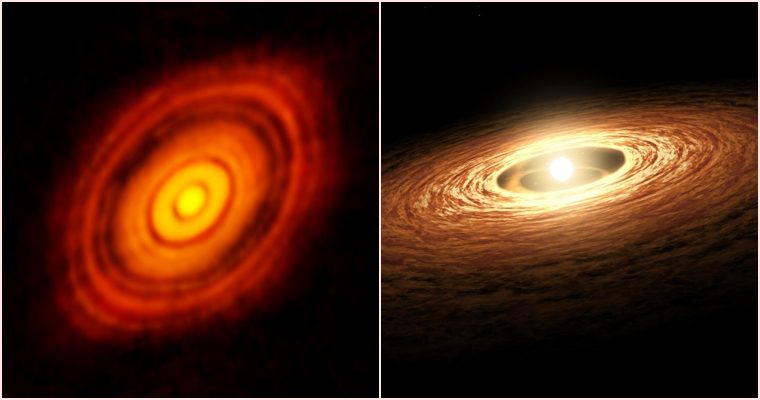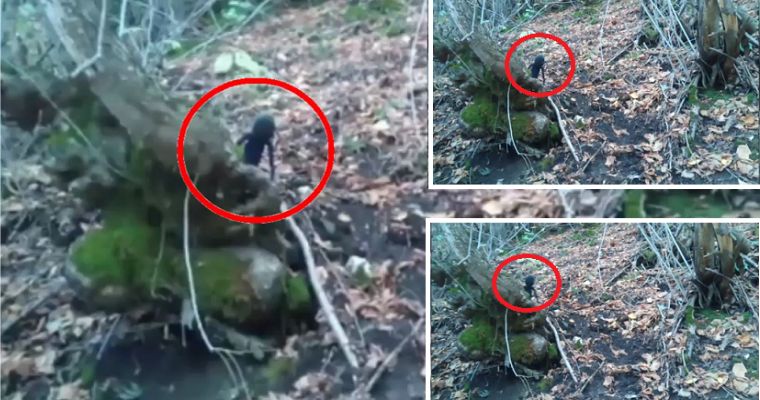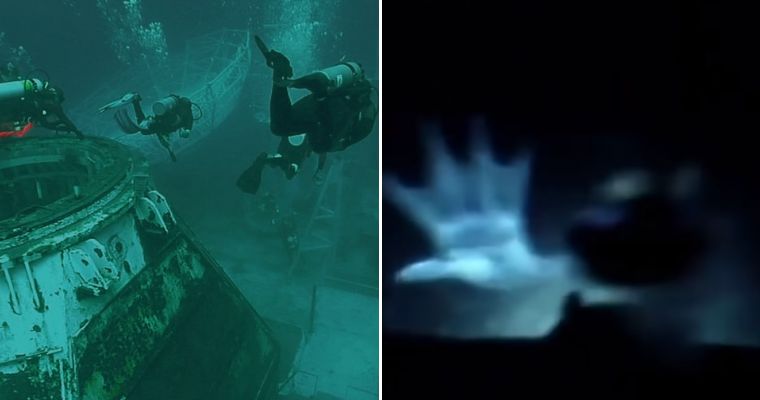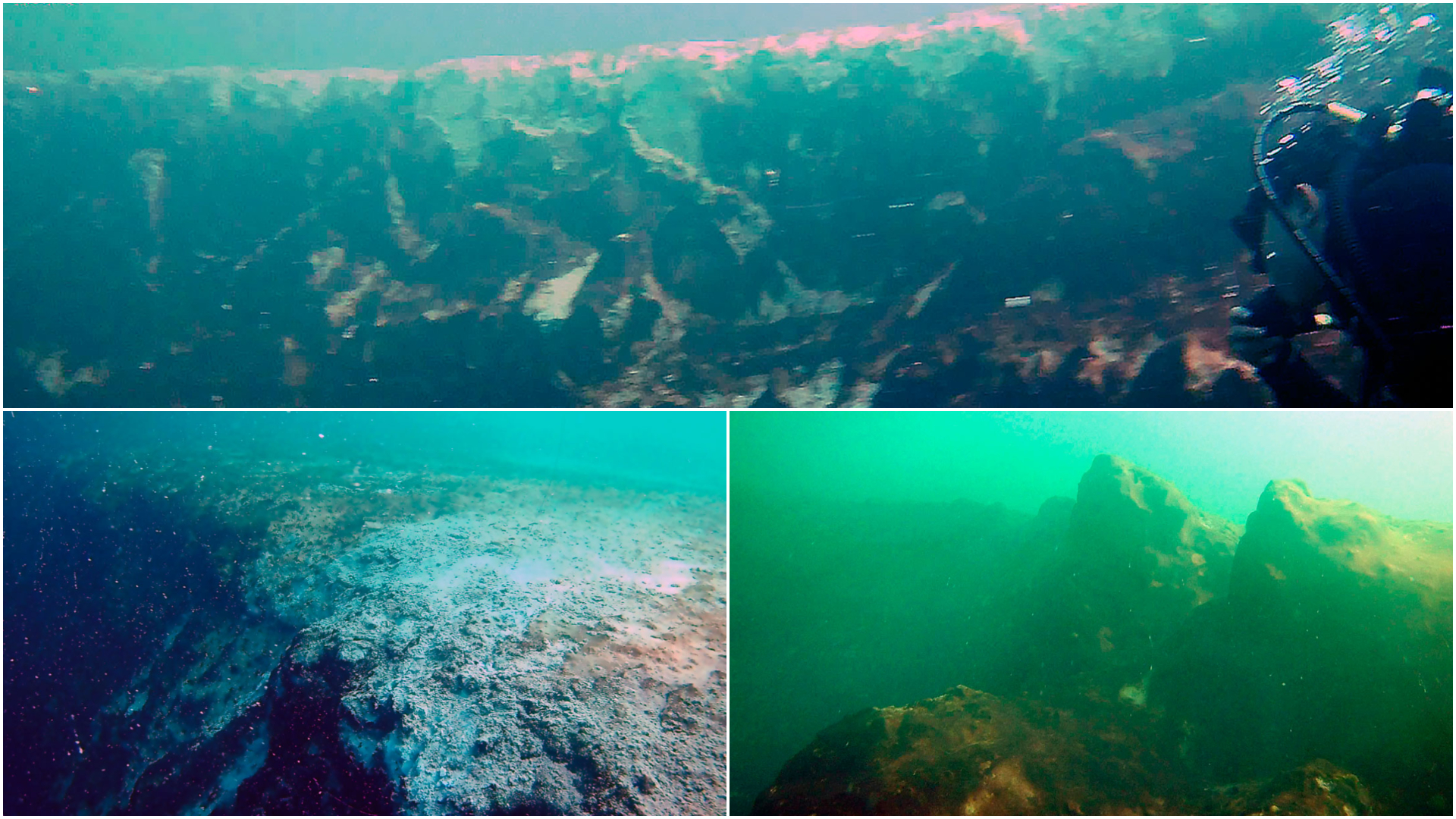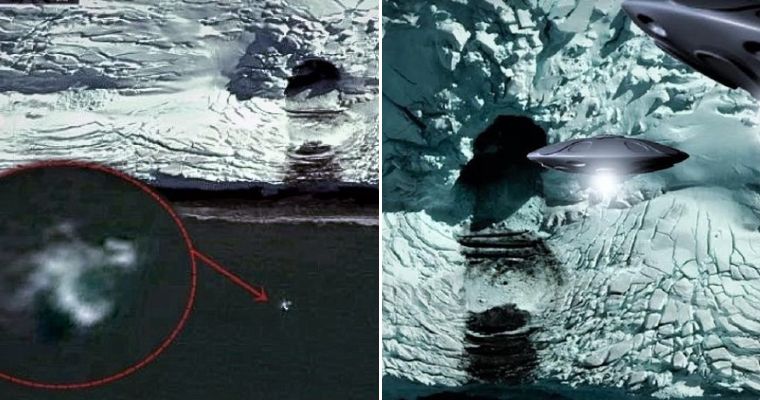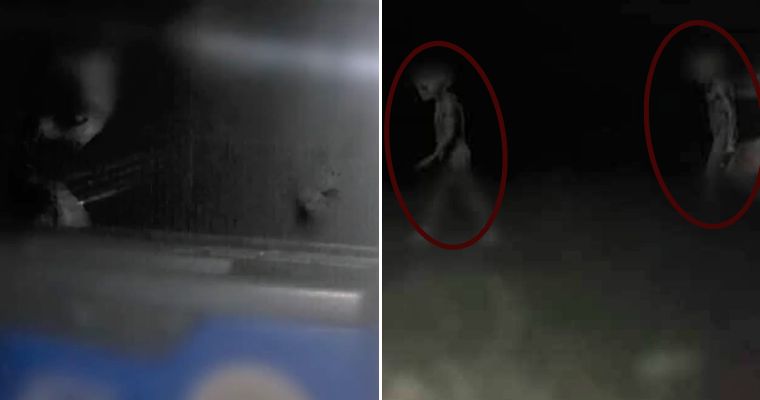An exoplanet discovered within a star’s habitable zone requires further investigation to see if has a life-supporting atmosphere—and possibly water.

MARTIN BERNETTI//Getty Images
The newly discovered exoplanet LP 890-9c has scientists downright giddy. Located about 105 lightyears from Earth, it is one of two “super-Earth” planets near the star LP 890-9, and it might have life-supporting conditions.
Just finding these two planets—especially LP 890-9c because it resides within its star’s habitable zone—was no small feat for the team of researchers led by the Belgium-based University of Liège in partnership with others, including Cambridge and the Massachusetts Institute of Technology. The group’s paper on the discovery, published in Astronomy & Astrophysics, says that the planet requires further investigation because of its promise.
“Although this planet orbits very close to its star, at a distance about 10 times shorter than that of Mercury around our Sun, the amount of stellar irradiation it receives is still low and could allow the presence of liquid water on the planet’s surface, provided it has a sufficient atmosphere,” says Francisco J. Pozuelos, researcher at the Institute of Astrophysics of Andalusia, a co-author of the paper, in a news release.
The star LP 890-9 is about six and a half times smaller than our Sun and has a surface temperature half that of the Sun, allowing a planet such as LP 890-9c to be close enough, but not too close—to possibly support life, Pozuelos says.
The research team expects to study the atmosphere of the planet next, calling LP 890-9c “the second-most favorable target among the potentially habitable terrestrial planets currently known, surpassed only by the TRAPPIST-1 planets,” that orbit around the red dwarf star in the constellation Aquarius discovered in 2016.
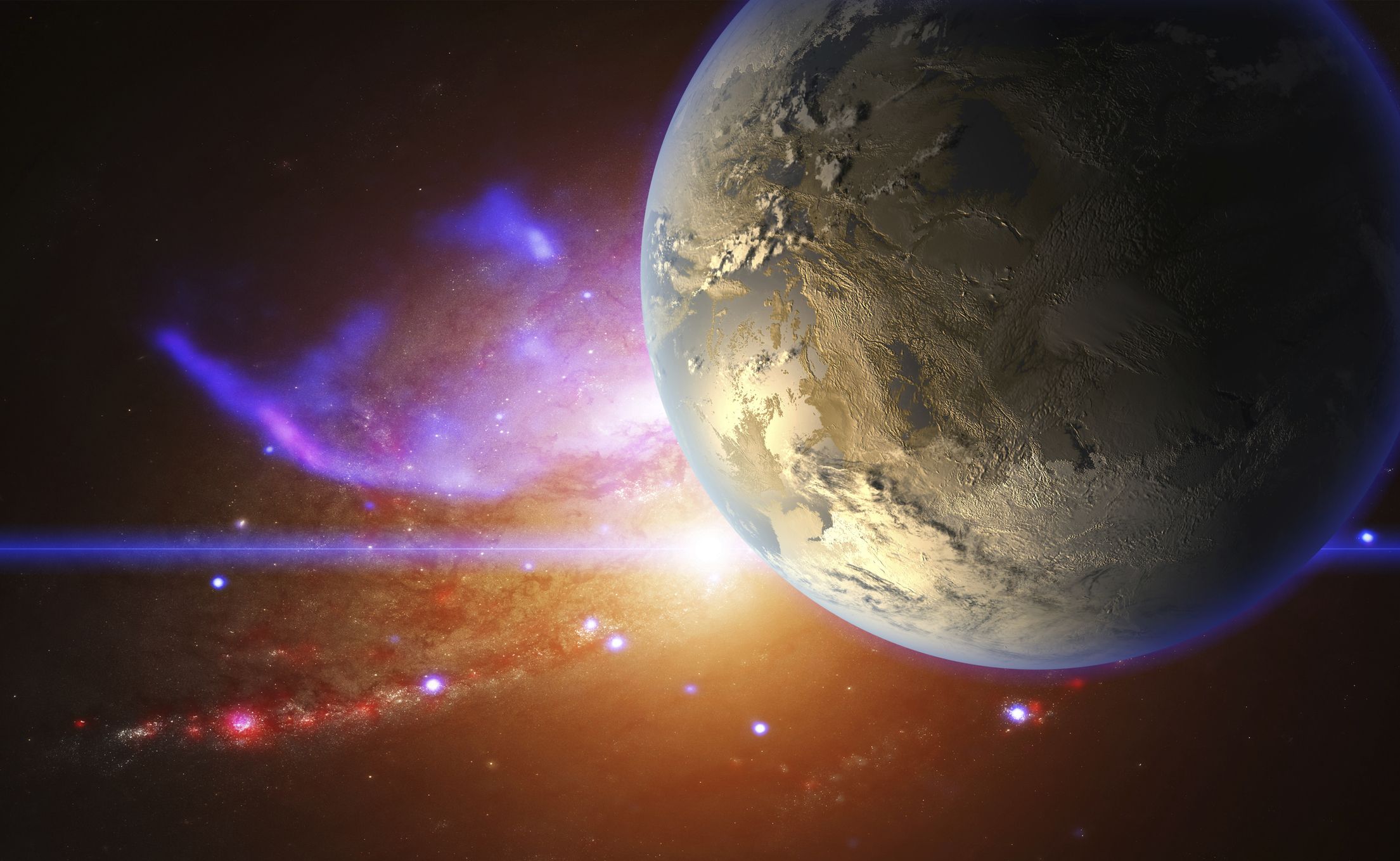
Advertisement – Continue Reading Below
“LP 890-9c is located close to the inner boundary of the habitable zone and could therefore have an atmosphere that is particularly rich in water vapor, which would then boost its atmospheric signals,” says Laetitia Delrez, lead author and astrophysicist at the University of Liège, in the news release. “The discovery of LP 890-9c offers a unique opportunity to better understand and constrain the habitability conditions around the smallest and coolest stars in our solar neighborhood.”
The star’s first-discovered exoplanet, LP 890-9b, was spotted by NASA’s Transiting Exoplanet Survey Satellite (TESS). The SPECULOOS—Search for habitable Planets Eclipsing Ultra-cOOl Stars—network of robotic telescopes then went to work to confirm the location of LP 890-9b. Not only was confirmation on hand, but so was the discovery of this additional planet, LP 890-9c.
“TESS searches for exoplanets using the transit method, by monitoring the brightness of thousands of stars simultaneously, looking for slight dimmings that could be caused by planets passing in front of their stars,” Delrez says. “However, a follow-up with ground-based telescopes is often necessary to confirm the planetary nature of the detected candidates and to refine the measurements of their sizes and orbital properties.”
The study found that LP 890-9b, which is about 30 percent larger than Earth, completes an orbit around its star in 2.7 days. The slightly bigger LP 890-9c, which is roughly 40 percent larger than Earth, takes 8.5 days to orbit the star, as confirmed with a telescope based in Hawaii.

The Belgium-based research team wants to learn more and thinks the James Webb Space Telescope can provide some answers. “Such planets are particularly well suited to detailed studies of their atmospheres and the search for possible chemical traces of life with large observatories,” says Michael Gillon, co-director of astrobiology research at the University of Liege, in the news release, “such as the James Webb Space Telescope.”
Source: www.popularmechanics.com



